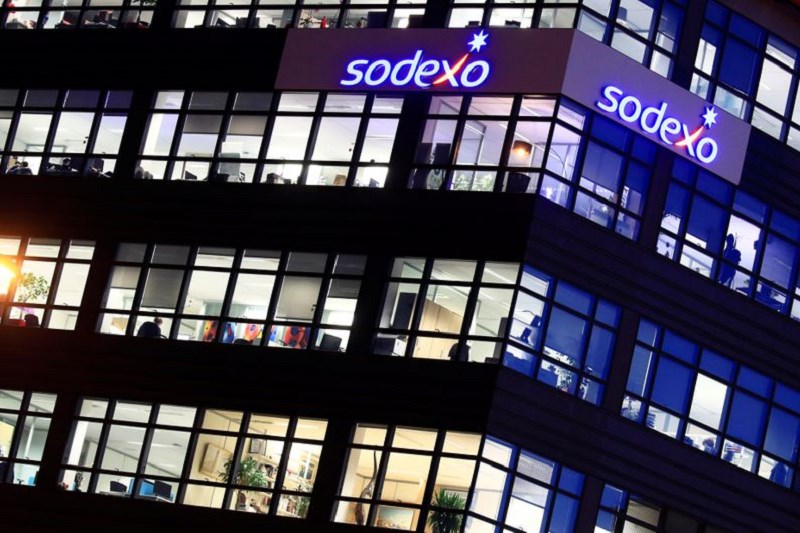Wall St futures flat amid US-China trade jitters; bank earnings in focus
Investing.com -- Sodexo’s (EPA:EXHO) first-half results, reported on Friday, aligned with pre-release expectations, but weaker-than-expected free cash flow and a lack of new updates leave uncertainty around its outlook.
The company reported organic growth of 2.2% in the second quarter, down from 4.6% in the first quarter. North America saw the most notable slowdown, with growth at just 0.8% compared to 5.9% in the previous quarter.
Business & Administrations grew by 3.5%, but Education declined by 3.4%, and Healthcare was nearly flat at 0.7%. In Europe, organic growth was 1.9%, slightly below the 2% recorded in the first quarter. The Rest of the World fared better, improving to 6.7% from 6.4% in Q1.
Free cash flow came in at negative €234 million, weaker than Jefferies’ estimate of negative €208 million and worse than last year’s negative €102 million.
The shortfall was primarily due to an exceptional cash tax outflow of approximately €160 million.
Net debt climbed to €3.4 billion, up from €2.6 billion at the end of FY24, with a net debt-to-EBITDA ratio of 2.3x, compared to 2x in the previous fiscal year.
Sodexo reiterated its full-year 2025 guidance, maintaining its organic growth target of 3-4%, previously revised down from 5.5-6.5%.
Jefferies projects 3% growth, while consensus expectations are slightly higher at 3.3%. The implied organic growth for the second half is around 3.1%, or approximately 3.5% on an underlying basis.
Adjusted EBIT is expected to rise by 10-20 basis points year-over-year, compared to the prior outlook of 30-40 basis points.
Both Jefferies and consensus forecasts point to a modest 10-basis-point increase for the full year, with similar performance in the second half.
The adjusted EBIT margin improved by 10 basis points in the first half, with North America, Europe, and the Rest of the World all contributing equally to the gain.
However, Sodexo did not provide an update on its medium-term targets or strategic plans to address ongoing challenges. Analysts at Jefferies suggest that more visibility on these areas would have reassured investors and helped stabilize sentiment.
